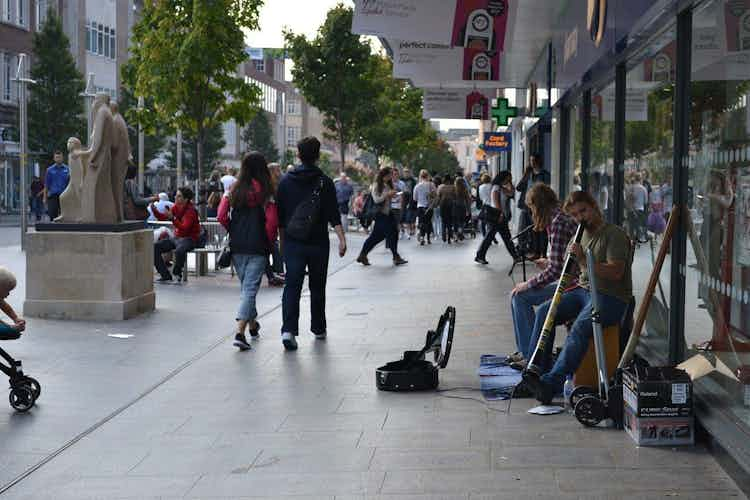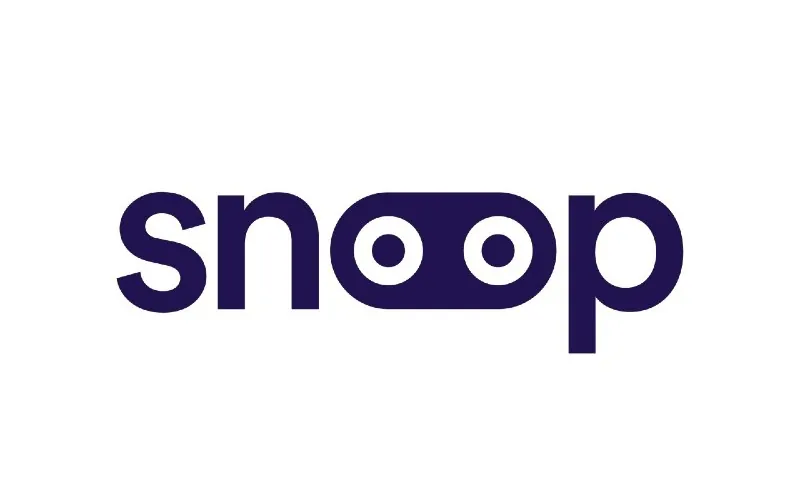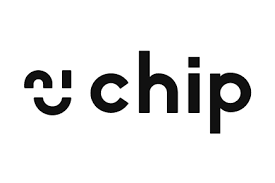In a bid to stimulate the economy and boost spending, the UK government recently introduced a £4 billion cut in Value Added Tax (VAT) for the hospitality sector, reducing the rate of VAT from 20% to 5%.
Chancellor Rishi Sunak announced last week that the reduction is expected to remain in place until 12 January 2021. The Treasury estimates the move, if trickled down to customers, could save households up to £160 per year on average.
However, it remains to be seen whether firms will pass on this advantage or use the finances to shore up their businesses in these uncertain times.
What is VAT?
VAT is a tax one pays for the purchase of goods or services. Unless you’re buying from a location like a wholesalers, the VAT amount is usually already included in the price of the product, so you don’t have to pay over and above the marked price.
In the UK, a flat rate of 20% VAT is charged on most items, with a reduced rate for certain exceptional items such as household energy. Certain categories of items, like food from supermarkets, newspapers, and magazines are even exempt from VAT.
VAT is an important contributor to the total gross domestic product of Britain, only behind income tax and national insurance contributions. In the 2019-2020 financial year, the Office for Budget Responsibility estimates that VAT will contribute £1.36 billion to the GDP.
On What Items is the VAT Cut Applicable?
The VAT cut announced by the government applies to food and non-alcoholic drinks, as well as hotel accommodation and admission to attractions across the country like museums, zoos, and parks.
In practice, this would mean a family admission ticket to an attraction normally costing £140 could become around £20 cheaper.
There has been some confusion as to the applicability of the VAT cut that remains to be clarified by the government, with respect to whether it applies to catering businesses, and establishments like shops or hospitals that have on-site cafes.
Will Businesses Pass on the VAT Cut to Customers?
Instead of forcing businesses to pass on the VAT benefit to customers, the UK government has left the decision in the hands of the owners as to whether they will decide to slash prices or use the money to support their ailing establishments.
Businesses are divided on their approach towards this, with some leading brands like KFC, McDonalds, Pret, and Nando’s choosing to reduce regular prices for their customers, and others leaning towards using the money to pay rent and other major expenses that they have been struggling with over the past few months due to the reduction in income.
Owners also remain sceptical about the VAT cut’s promise to bring customers back into their establishments, given that heightened concerns around the virus still remain very much active in people’s minds. If the venues cannot increase the number of customers, then the benefit of this move would fail to meet its objective at all.
It remains to be seen whether the VAT cut will have any real impact, but the government hopes that the move will result in busier establishments and eventually, more tax income which will be key to economic recovery post-COVID.








